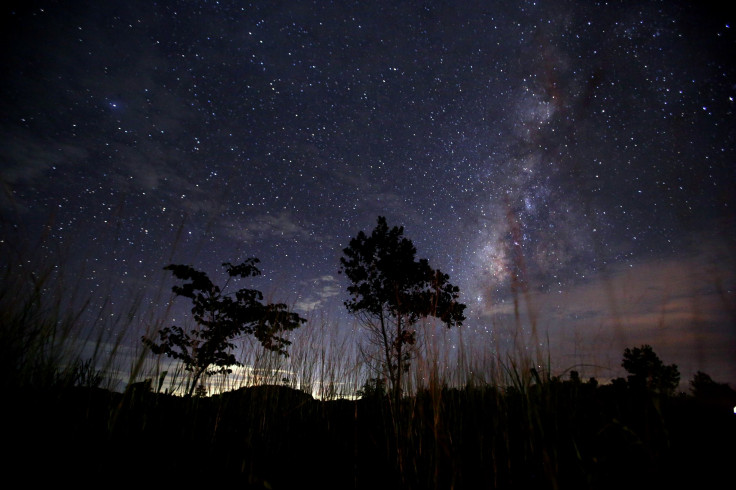Light Pollution Now Hides The Milky Way From A Third Of World’s Population, New Maps Reveal

Remember the last time you looked up and saw the dark band of the Milky Way arching across the night sky? If you don’t, you are not the only one.
A new, comprehensive atlas of the light pollution across the globe — published Friday in the journal Science Advances — shows that over a third of humans on Earth cannot see the Milky Way, including 60 percent of those living in Europe and 80 percent of North Americans.
“Light pollution is the alteration of night natural lighting levels caused by anthropogenic sources of light. Artificial light scattered in the atmosphere raises night sky luminance, creating the most visible negative effect of light pollution — artificial skyglow,” the study stated. “In addition to hindering ground-based optical astronomical observations, the artificial brightening of the night sky represents a profound alteration of a fundamental human experience—the opportunity for each person to view and ponder the night sky.”
The atlas, which covers over 80 percent of the world, was created over a course of over 10 years using data gathered by the NOAA–NASA Suomi National Polar-orbiting Partnership satellite and verified through ground-based measurements. It shows that outside of the oceans and the barren wastelands of the poles, naturally dark skies are now something a huge majority of humans are deprived of.
For instance, in Singapore — the most light-polluted country — the skies are perpetually so bright that the eyes of the people living there never adapt to night vision.
“A lot of people [might] think, ‘Well, I don’t see anymore the Milky Way. So What?’ But if we think about this in a deeper manner, this is a huge loss. Literature, religion, philosophy, science — of course — the arts, all have roots connected with the contemplation of the night sky,” project leader Fabio Falchi, from Italy’s Light Pollution Science and Technology Institute, told the Wall Street Journal. “This is the first generation that grew up without the possibility to see our place in the universe. We have lost the connection with the sky.”
Beyond this obvious, albeit less tangible, downside, such “artificial twilight” can also be detrimental to human health by interfering with circadian rhythms — which govern our sleeping cycles and other physiological processes.
The photoreceptors that regulate circadian rhythms are particularly sensitive to light toward the bluish end of the visible spectrum. Most Light Emitting Diodes (LEDs), which are now widely used as a source of outdoor light because they are more energy efficient than incandescent bulbs, emit a huge quantity of blue-white light. And, since blue light is most easily scattered by our planet’s atmosphere, many fear that an increase in the use of LEDs may substantially increase light pollution even if the total amount of emitted light holds steady.
“The wide-scale adoption of LEDs will reap huge energy savings, which is a good thing. The question is, are the great energy savings compromising human health and ecosystems?” George Brainard, a photobiologist at the Thomas Jefferson University in Pennsylvania, who was not involved in the project, told Scientific American.
© Copyright IBTimes 2024. All rights reserved.






















